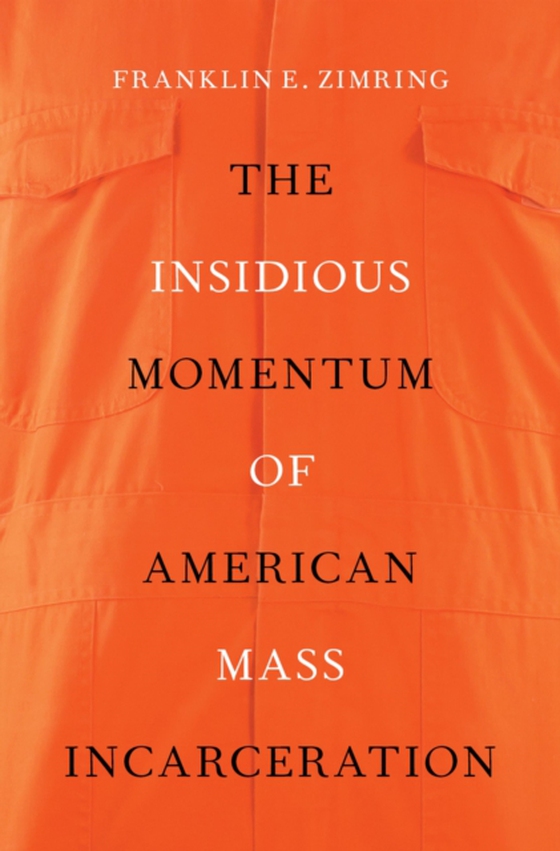
Insidious Momentum of American Mass Incarceration e-bog
238,03 DKK
(inkl. moms 297,54 DKK)
The phenomenal growth of penal confinement in the United States in the last quarter of the twentieth century is still a public policy mystery. While there is unanimous condemnation of the practice, there is no consensus on the causes nor any persuasive analysis of what is likely to happen in the coming decades. In The Insidious Momentum of American Mass Incarceration, Franklin E. Zimring seek...
E-bog
238,03 DKK
Forlag
Oxford University Press
Udgivet
3 september 2020
Længde
272 sider
Genrer
Population and demography
Sprog
English
Format
epub
Beskyttelse
LCP
ISBN
9780197513194
The phenomenal growth of penal confinement in the United States in the last quarter of the twentieth century is still a public policy mystery. While there is unanimous condemnation of the practice, there is no consensus on the causes nor any persuasive analysis of what is likely to happen in the coming decades. In The Insidious Momentum of American Mass Incarceration, Franklin E. Zimring seeks a comprehensive understanding of when, how, and why the United States became the world leader in incarceration to further determine how the use of confinement can realistically be reduced. To do this, Zimring first profiles the growth of imprisonment after 1970, emphasizing the important roles of both the federal system and the distribution of power and fiscal responsibility among the levels of government in American states. He also examines the changes in law enforcement, prosecution and criminal sentencing that ignited the 400% increase in rates of imprisonment in the single generation after 1975. Finally, Zimring then proposes a range of strategies that can reduce prison population and promote rational policies of criminal punishment. Arguing that the most powerful enemy to reducing excess incarceration is simply the mundane features of state and local government, such as elections of prosecutors and state support for prison budgets, this book challenges the convential ways we consider the issue of mass incarceration in the United States and how we can combat the rising numbers.
 Dansk
Dansk

